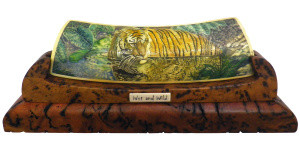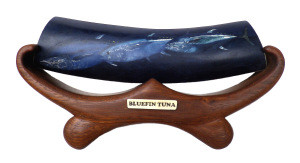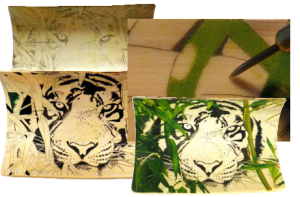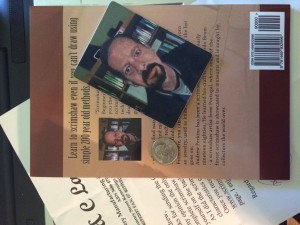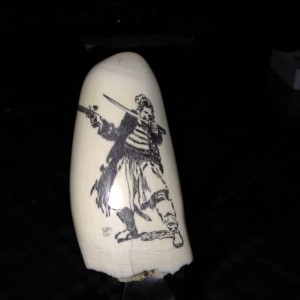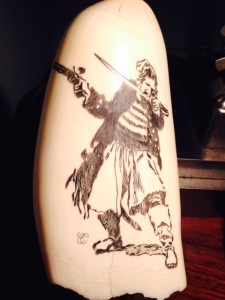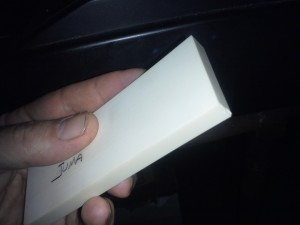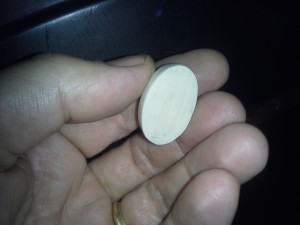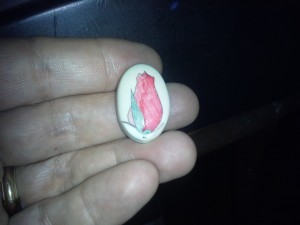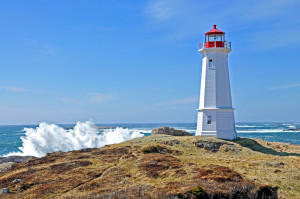
Below is the template from the October 2015 Newsletter. I try to include at least one template or pattern per newsletter to either use or inspire you to create a piece of scrimshaw. It’s fun and easy, and if you’re like me, you tend to get lost in the work for awhile. Best of all, you have something to show once you’ve finished! Clicking on the link will open a .pdf you can print out as a reference or as a template. Use color, black and white or just set it near your workplace and begin to sketch. Special thanks to Dennis Jarvis for providing the image under the Creative Commons share alike license!
I just released the second “Scrimspirations” templates on Etsy.com (Scrimspirations 2: Tall Ships and Sea Life) – twenty seven templates you can use to create a piece of scrimshaw on mammoth ivory, alternative ivory, mother of pearl (see Anita’s work on facebook for a beautiful example), a lightswitch cover, drawer pull… the list goes on for things you can scrimshaw!
Louisbourg Lighthouse Scrimshaw Template:
Louisbourg Lighthouse – Dennis Jarvis – Share-Alike-pdf

